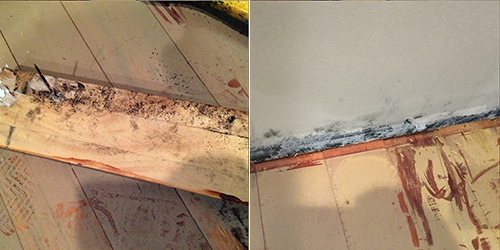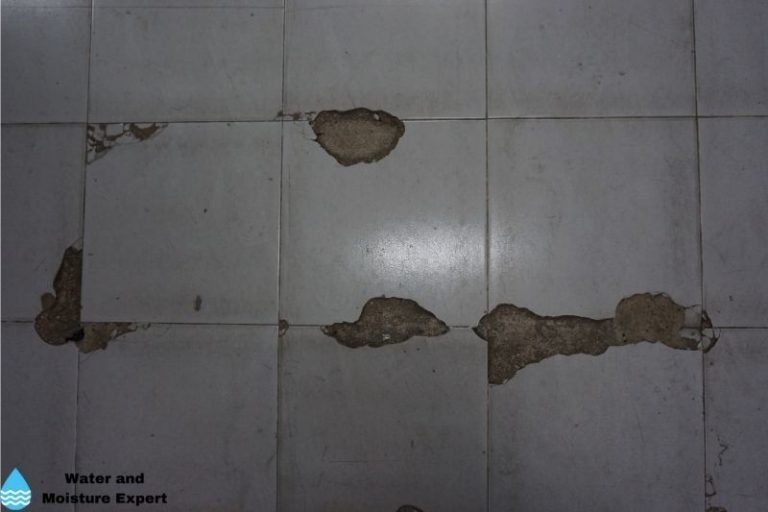The article below in relation to Common Causes of Water Damage in a Bathroom is really enjoyable. Give it a try and make your own final thoughts.

The shower room is extremely susceptible for wet accumulation as well as possible water damages due to the regular use water in it. This article supplies easy assessment strategies to help discovering water damages hazards.
The frequent use water in the washroom makes it extremely susceptible for damp buildup and also potential water damage. By checking it consistently, you can lower water related damages.
The complying with collection of examinations is very easy to perform and ought to be done when in every three months in order to keep your restroom healthy as well as to stop possible water damages caused by the bathtub, the shower, pipe joints as well as plumbing, sinks, cupboards, as well as the bathroom
Do not disregard performing these evaluations as well as be extensive while doing them. Bear in mind that these simple inspections can save you a lot of money by providing early indications for water damage
Sinks as well as Cabinets
Sinks as well as cupboards are subjected to wetness and also moisture daily and are frequently overlooked. Examine routinely under the sink and on the countertop above it. Fix any drip in the catch as it might recommend drainpipe troubles. Check out the sink, slow-moving draining pipelines might show an obstructed drainpipe. Change sink seals if they are split or loose.
Bathtub and Shower
The shower and bath tub call for unique focus and also upkeep. Inspect the ceramic tiles as well as replace if broken. See to it that there is no missing out on grout between the tiles. Check as well as replace broken caulking at joints where the walls meet the flooring or the bath tub. Blocked drains and pipelines problems will protect against the bath tub from drying and also may show major issues beneath the bath tub. Speak with a specialist instantly to stop structural damages. Take note of discolorations or soft areas around the tub walls as they might suggest an internal leakage.
Plumbing
Signs for water damage are tough to spot considering that most pipelines are installed inside the wall surfaces.
Pay special focus to flooring and also walls dampness as well as stains as they might indicate an undetectable plumbing issue. Check wetness levels in adjoining areas also.
The Commode
The bathroom is a vulnerable water junction. Examine the water lines and look for leaks around the bathroom seat, in the pipe, and also under the water storage tank. If you identify any type of indicators of wetness on the flooring around the toilet, look for leakages in the toilet rim and also tank seals.
Know that hanging commode dish deodorants boosts the chances for blockages.
TIPS TO PREVENT WATER DAMAGE IN THE BATHROOM
The average household uses approximately 80-100 gallons of water per person per day. For a family of 4, that's almost 2,500 gallons of water a week! The largest portion of this consumption comes from bathroom use. Flushing the toilet uses the most water, followed by taking a shower or bath. With that much water running through the home, water damage in the bathroom is bound to happen. Knowing how to spot signs of a water leak is essential to preventing long-term damage. This guide provides you with tips to reduce the impact of water damage on your bathroom.
CAUSES OF BATHROOM WATER DAMAGE
Pipe breaks are the most common cause of water damage we see in our daily jobs. The age of a pipe plays a large role in a pipe break as well as corrosion. Over time, the metal begins to break down, allowing water to escape. Frozen pipe breaks are also a concern in the winter months. Toilet overflows caused by paper products or children flushing inappropriate items. Degraded caulking around the toilet or bathtub can allow water seepage, sometimes behind the fixture, into the subfloor or walls. Condensation forms when the water in a pipe is cooler than the air temperature. Beads of water form on the exterior of the pipes, sometimes so much so that the water begins to drip and pool below. Sink or shower backups created by poor drainage. HOW TO PREVENT WATER DAMAGE IN YOUR BATHROOM
Inspect your toilet supply line for worn or frayed hoses and replace them as needed. Winterize your plumbing to prevent a frozen pipe break. Use vent fans to prevent condensation that can lead to mold growth. Routinely check and replace degraded caulking around your toilet or bathtub. Increase the temperature in your toilet tank and insulate your pipes during the warm summer months to keep condensation from forming. Use child safety locks on the toilets. Flush only toilet paper. "Flushable" wet wipes are actually not good for your plumbing system. Additionally, feminine hygiene products should not be flushed. Prevent water from escaping the tub or shower. Make sure shower curtains are in good condition. Inspect shower doors and replace the seal strip if necessary. Wipe up any water that accumulates on the floor and use bath mats. Water left to sit can cause damage to the tiles and flooring. Refrain from using bath products containing heavy oils to avoid a clogged drain.

As a keen reader about How to Repair and Prevent Bathroom Water Damage, I think sharing that excerpt was essential. Those who enjoyed our article please be sure to share it. I value reading our article about Looking for Signs of Water Damage in the Bathroom.
This Page